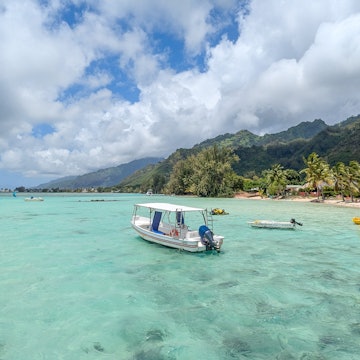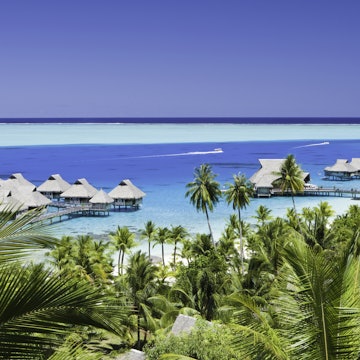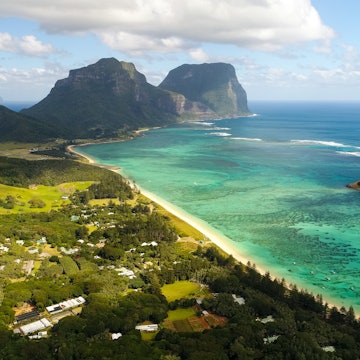
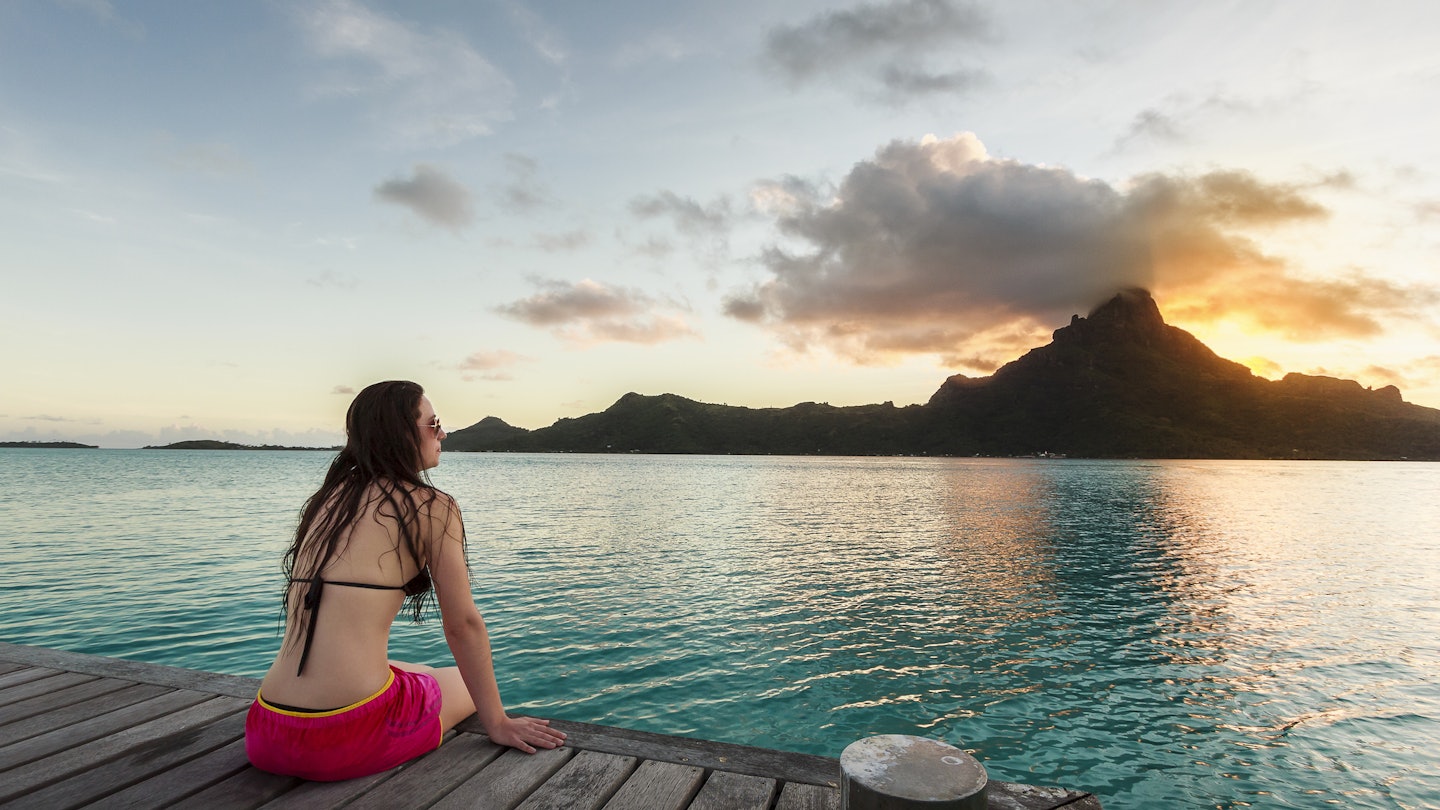
When you imagine vacationing in a tropical paradise, it probably looks just like French Polynesia. Getty Images/iStock
How do you picture yourself on your dream vacation? Relaxing on the deck of an overwater bungalow? Scuba diving next to dolphins, sharks and rays? Digging into local history and culture? You can do it all and more in French Polynesia.
Most people associate French Polynesia with luxury travel and high-end resorts, and while this is definitely part of the draw, these islands have so much more to offer. Whether you're an adventure seeker, ocean lover or cultural enthusiast, here are some of the best places to visit in French Polynesia.

1. Bora Bora
The best for a luxury escape
When it comes to French Polynesia, the first place that comes to mind for most people is Bora Bora. The most romantic of the islands, Bora Bora is known for its luxurious resorts with overwater bungalows, which also makes it one of the best places in French Polynesia for a honeymoon.
For a true luxury escape in Bora Bora, make sure to stay on one of the resorts located on a motu (island) surrounding the main island. This way, you will get postcard views of Bora Bora with Mount Otemanu and the azure lagoon. The Four Seasons Resort Bora Bora offers these camera-worthy views, plus, if you really want to splurge, they also have over-water bungalows with pools as well as decks, allowing you to both swim on your balcony and jump off of it.
Insider tip: Bora Bora’s resorts are quite expensive, but if you travel outside of the high season, you are more likely to find a deal.
2. Mo’orea
The best place for whale watching
French Polynesia has lots of incredible experiences to offer visitors, but by far one of the best is whale watching in Mo’orea. From July to November, humpback whales visit the waters around this island and can be spotted regularly, sometimes even inside the lagoon.
There are plenty of local companies in Mo’orea that will take you for a morning or afternoon to see and even swim alongside these magical creatures. Marine wildlife experts cite concerns that swimming with whales can disrupt their regular feeding, resting and breeding behaviors. Fortunately, the activity is heavily regulated in French Polynesia, where whales are protected public ordinance. Group sizes are limited and guides join each group to keep participants in check. It is a magical experience to see these absolutely massive mammals rise from the blue in front of you. Plus, if you're really lucky, you’ll also hear them sing.
Insider tip: The best time to see the whales in Mo’orea is August to October – this is when you are most likely to see mothers and their calves.
3. Huahine
The best island for a road trip
If you are thinking about renting a car and exploring an island, then Huahine is the place to go. It’s one of the larger society islands but can still be explored by car in a day. There is a lot to see and do from archaeological sites to sandy beaches and snorkel spots, scenic viewpoints and vanilla farms.
Make sure to have a swim at Avea Bay and stop for the views at the Panorama de Tefareii. As for the most unique stop on your Huahine road trip, that will be to see the sacred blue-eyed eels. They are about 1.8m (6ft) in length and can be found in a small river near the village of Faie. Locals have been feeding them for years. As such they are used to humans and, if you like, you can feed them too without concern.
Insider tip: If you are planning on renting a car and driving anywhere in French Polynesia, make sure you know how to drive a manual; automatic vehicles are very difficult to come by.
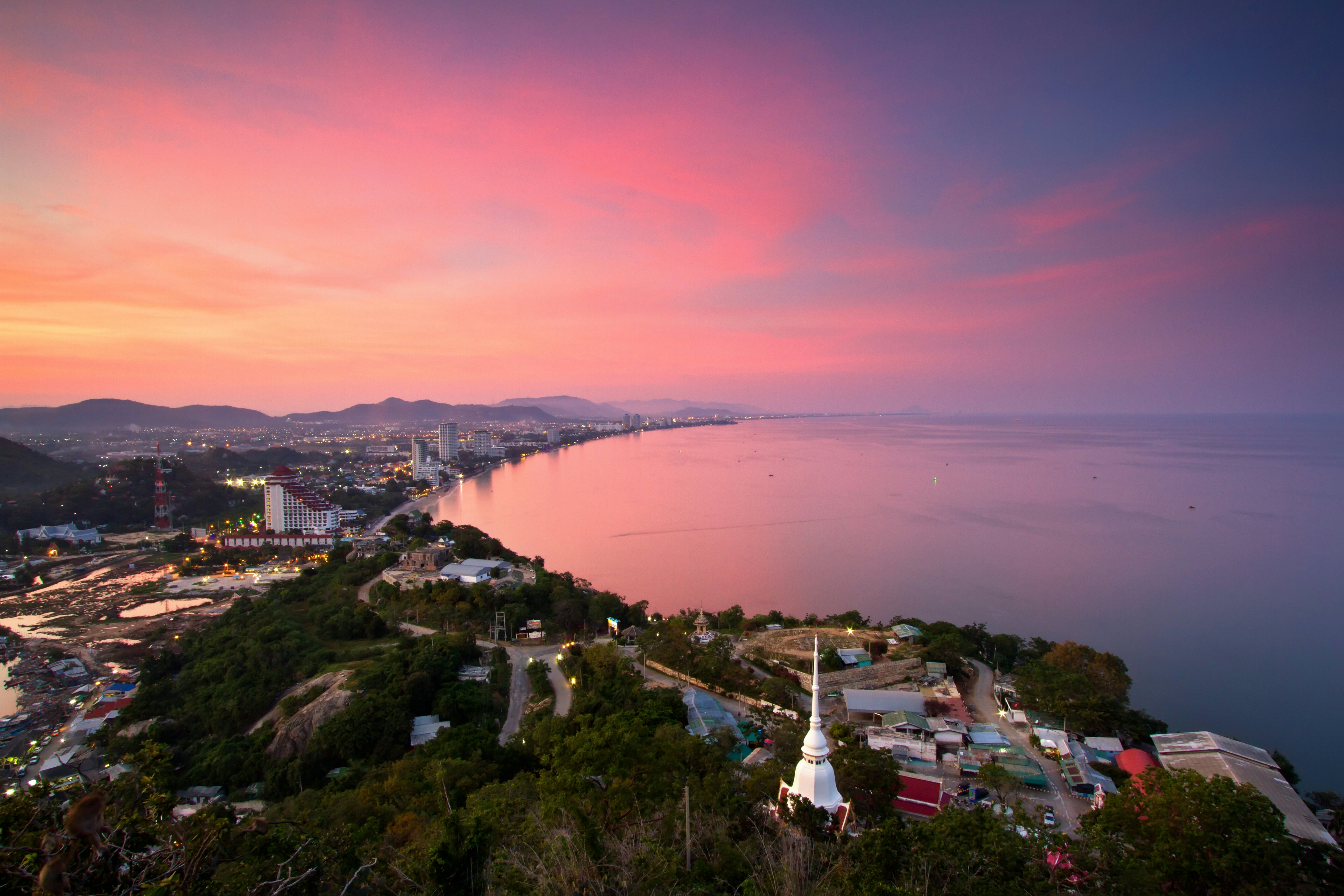
4. The Marquesas
The best islands for history and culture
A four-hour flight north of Tahiti are the Marquesas; some of the most remote, yet accessible, islands in the world. The islands are known locally as ‘The Land of Men’ and are famous for their traditional Polynesia tattoos and artistry. If you are looking for a truly authentic souvenir from French Polynesia, here’s where to find it. There are local artisan markets in the main villages where you can find anything from seed necklaces to carved bone earrings to giant wooden manta rays carved with traditional Polynesia designs.
The landscapes of the Marquesas alone are worth seeing for yourself. Unlike the Society and Tuamotu islands, there are no lagoons. Instead, the towering cliffs plunge straight into the ocean giving these islands a really wild and lost world-type feel. Expect plenty of viewpoints, both black and white sand beaches and thick, lush vegetation.
There are two main islands: Nuku Hiva and Hiva Oa, both of which are worth visiting. Nuku Hiva has more dramatic scenery, but Hiva Oa is where you will find the most tikis across French Polynesia. The best-known and largest tiki, called Tiki Takaii, can be found near Puama’u on the northeast coast. However, you’ll definitely want to search out the tiki souriant or smiling tiki, which is perhaps the most unique tiki in the islands.
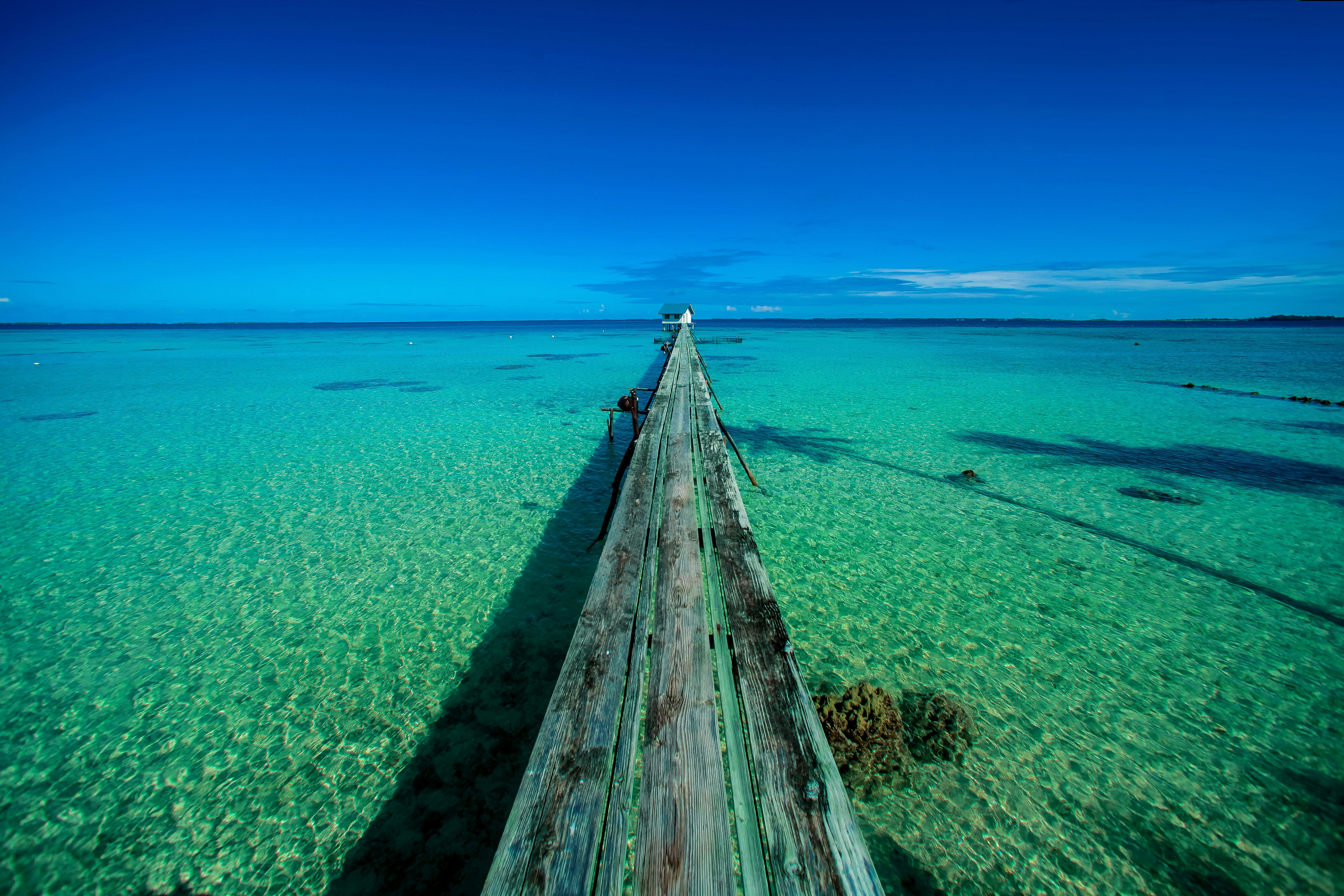
5. The Tuamotus
The best islands for scuba divers
The Tuamotus are a chain of islands best known as an incredible scuba diving destination. There are three main islands to go to for diving: Tikehau, Fakarava and Rangiroa - and all three offer something different.
The highlight of Rangiroa is the dolphins. At the Tiputa Pass, there is a pod of about 30 dolphins that swim and play in the area year-round. Of those 30 dolphins, four of them are incredibly social and will come up to scuba divers in the hopes of getting a belly rub. However, even if you aren’t lucky enough to see one of these specific dolphins on your dive, you will likely still see and hear the pod.
Fakarava is famous for its sharks. There are two main passes here, the south pass, Tumakohua, and the north pass, Garuae. Both are fantastic dive spots, but the south pass is the best spot to see the sharks. It is estimated that there are between 250-700 grey sharks in this area and no, they are not baited. The shark wall is a sight to see, but divers should be aware that the currents here can be quite strong and may be difficult for inexperienced divers.
Finally, there is Tikehau, which was named the fishiest atoll in the world by Jaques Cousteau. This statement is immediately obvious as you drop below the surface and are surrounded by schools of colorful fish, cheeky puffers, barracuda and some curious white tip reef sharks. Lucky divers here may also get a chance to see hammerhead and tiger sharks by the island’s only pass.
Insider tip: Book your dives early as there are a limited number of spaces and dive shops on the islands.








